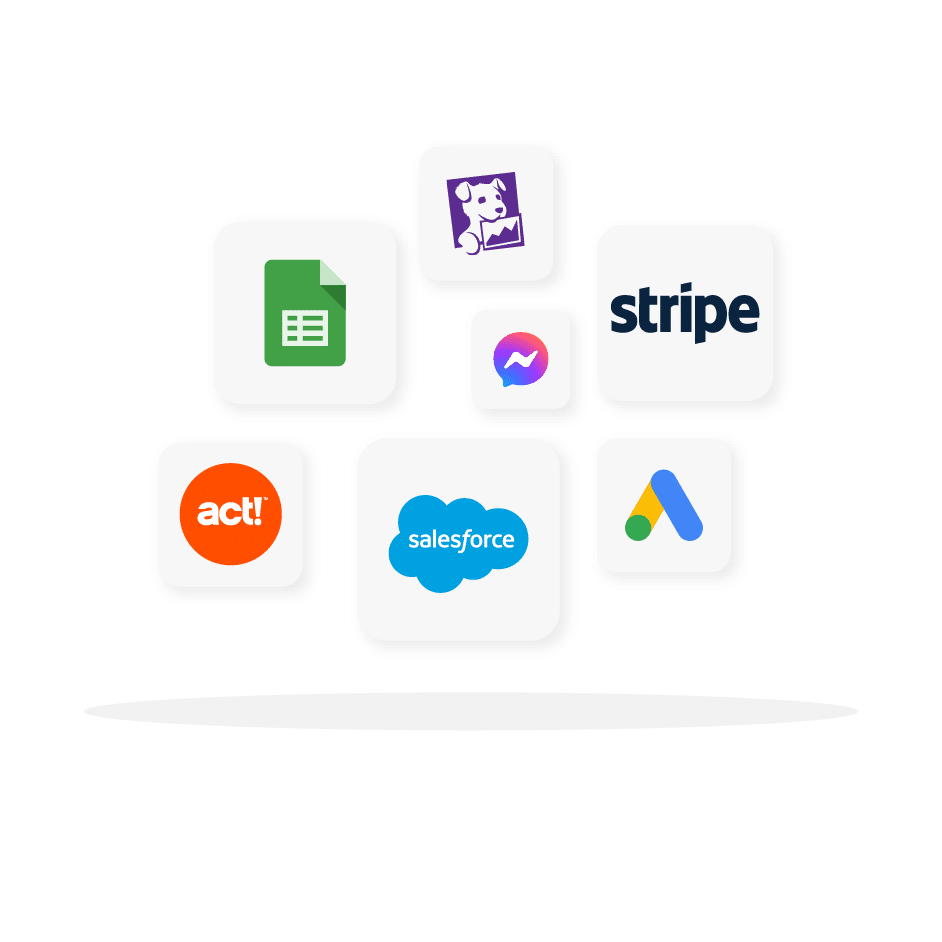
API versioning is a critical aspect of API development and maintenance. As APIs evolve, introducing changes without disrupting existing clients requires a robust versioning strategy.
This blog post explores how to version an API effectively, discussing various methods and best practices for API versioning.
Why API Versioning Matters
API versioning allows developers to introduce new features, deprecate old ones, and fix bugs without breaking existing applications that rely on the API. It ensures backward compatibility and gives developers the flexibility to iterate and improve the API over time. Proper versioning also provides clarity and predictability for API consumers.
Strategies for API Versioning
There are several strategies for API versioning, each with its own pros and cons. The choice of strategy depends on the specific needs of the API and its consumers.
Here are the most common approaches:
1. URI Path Versioning
URI path versioning is one of the most straightforward and widely used methods. The version number is included in the URI path, making it explicit and easy to understand.
Example:
GET /api/v1/users
GET /api/v2/usersPros:
- Simple to implement and understand.
- Clear and explicit versioning.
Cons:
- Changes in the URI structure can affect caching.
- This can lead to duplication of resources if not managed properly.
2. Query Parameter Versioning
In this method, the version is specified as a query parameter in the request URL.
Example:
GET /api/users?version=1
GET /api/users?version=2
Pros:
- Easy to implement and test.
- No impact on the URI structure.
Cons:
- Less visible than URI path versioning.
- This can complicate URI management and routing logic.
3. Header Versioning
Header versioning involves specifying the version number in the HTTP request headers. This method keeps the URI clean and free of versioning details.
Example:
GET /api/users
Headers: X-API-Version: 1
Pros:
- Clean and uncluttered URIs.
- Flexible and easily extensible.
Cons:
- Less visible, making it harder for developers to know which version they are using.
- Requires custom logic to handle headers.
4. Content Negotiation
Content negotiation uses the Accept header to specify the desired version of the API.
Example:
GET /api/users
Headers: Accept: application/vnd.myapi.v1+json
Pros:
- Clean URIs.
- Standard HTTP mechanism for versioning.
Cons:
- Can be complex to implement.
- Less intuitive for developers.
Best Practices for API Versioning
To ensure a smooth versioning process, consider the following best practices:
1. Define a Clear Versioning Policy
Establish a clear policy for when and how versions will be incremented. For example, you might decide to increment the version number only for breaking changes, while backward-compatible changes do not require a new version.
2. Deprecate Gradually
When deprecating a version, provide sufficient notice to your users. Communicate clearly about the timeline and encourage users to migrate to the newer version. Offer detailed migration guides and support.
3. Documentation is Key
Maintain comprehensive documentation for each version of your API. Include details about changes, deprecated features, and migration steps. Good documentation helps users transition smoothly between versions.
4. Use Semantic Versioning
Semantic versioning can be beneficial for API versioning. Semver uses a version number format of ‘MAJOR.MINOR.PATCH‘, where:
- MAJOR version increments indicate breaking changes.
- MINOR version increments indicate backward-compatible new features.
- PATCH version increments indicate backward-compatible bug fixes.
5. Automate Versioning Process
Automate as much of the versioning process as possible. Use CI/CD pipelines to ensure that new versions are deployed consistently and reliably. Automated tests should verify that new versions do not break existing functionality.
6. Monitor Usage and Feedback
Monitor the usage of different API versions to understand which ones are still actively used. Collect feedback from your users to identify pain points and areas for improvement.
Conclusion
API versioning is an essential practice for maintaining a robust and reliable API. By understanding the different strategies and best practices for how to version an API, developers can manage changes effectively, ensuring that new features and improvements are delivered without disrupting existing users.
Choosing the right versioning strategy depends on the specific needs of your API and its consumers. Whether you opt for URI path versioning, query parameter versioning, header versioning, or content negotiation, the key is to maintain clear communication and comprehensive documentation. Following best practices like defining a clear versioning policy, deprecating gradually, and using semantic versioning will help you manage API versioning successfully, ensuring a smooth experience for both developers and users.